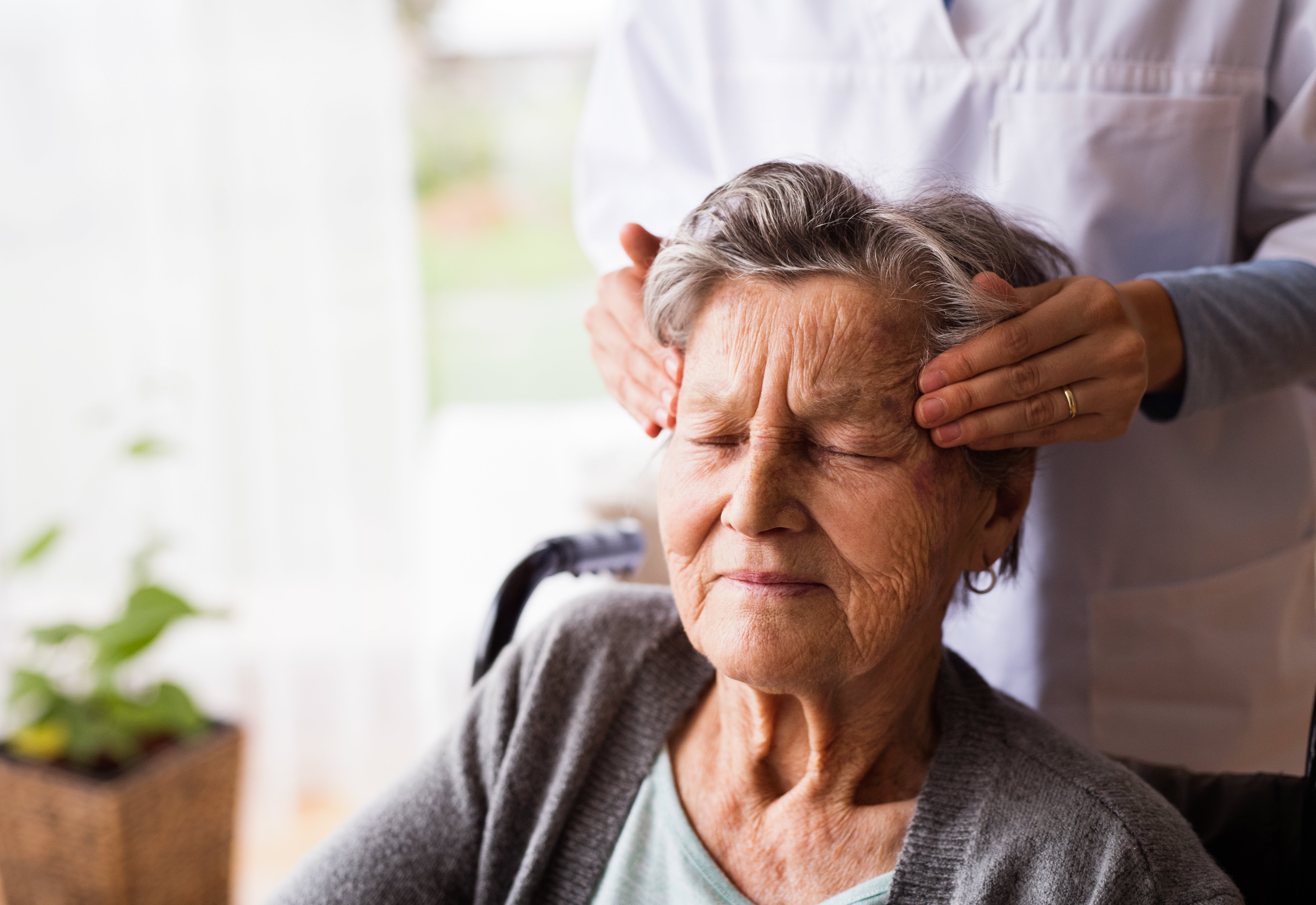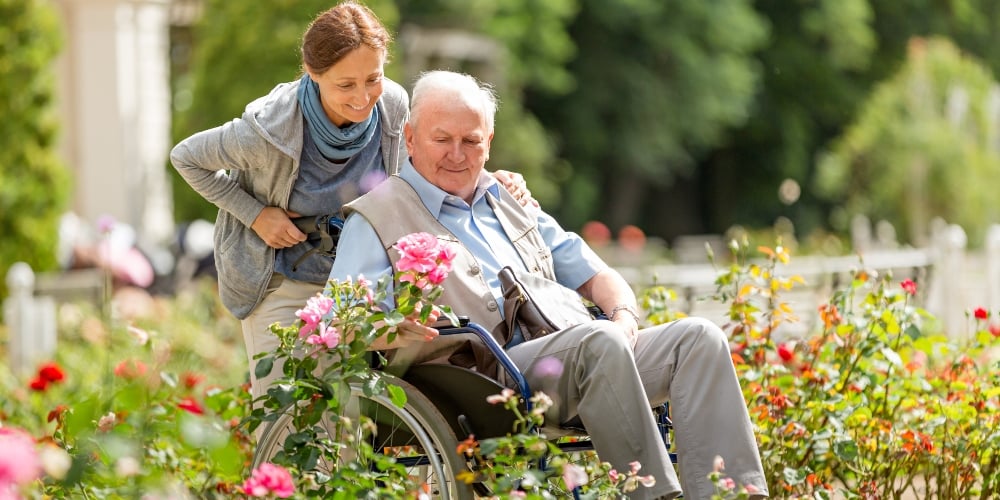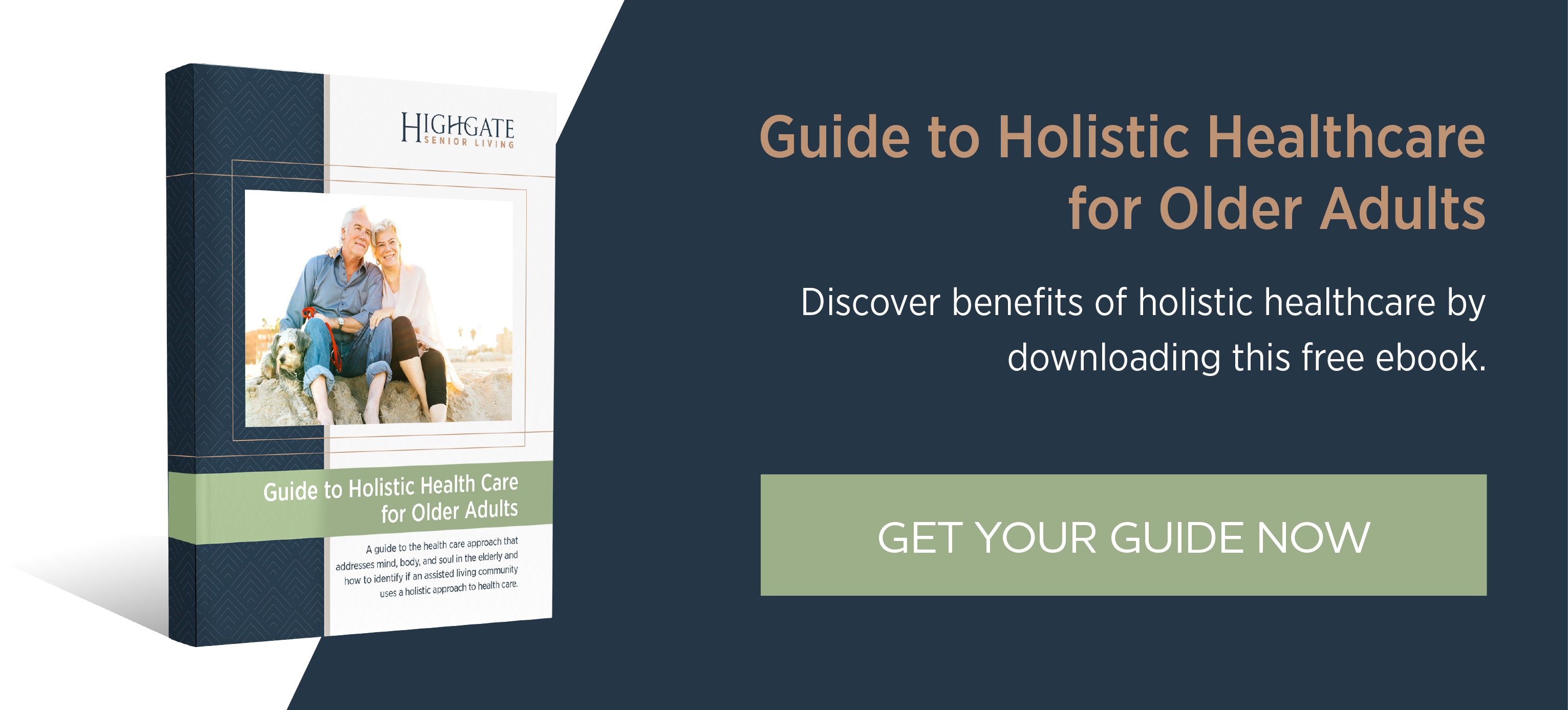
Pain is our body's way of saying, "Something's wrong." A surface is hot, that knife just hit your finger, or you overdid it raking leaves yesterday. Once the body heals, the pain goes away.
But for many over the age of 65, the pain doesn’t just go away. It can last for months or even years. Older adults are particularly susceptible to having chronic pain.
Common in Older Adults
Unfortunately, chronic pain in older adults is relatively common. According to a study from the Clinical Interventions in Aging (CIG), as many as 55% of adults over 60 and 62% of those over 75 suffer from chronic pain. The pain may be a result of arthritis, surgery, cancer, diabetes or heart disease – just to name a few.
The ripple effect is profound. Pain often leads to sleep loss, which can lead to mood changes, and then to depression and cognitive decline. It also often leads to decreased activity, which turns into reduced mobility and can cause falls.
There's a strong, vicious correlation between chronic pain and depression. According to the CIG study quoted above, "chronic pain increases the risk for depression between 2.5 and 4.1 times." And those who already suffer from depression are more likely to suffer pain.
Why Reduce the Use of Medication?
With plenty of pain relievers available, it’s tempting to rely on them alone. But our reactions to medications often change as we age. Older adults are more likely to experience drug side effects. They’re also more likely to take multiple medications that may or may not work well together. In some cases, the risks and side effects outweigh the rewards.
That’s why more and more healthcare providers and assisted living communities are supplementing pain relief medication with holistic approaches. These approaches can often reduce the amount of medication and sometimes eliminate the need for it altogether.
- Aromatherapy is the use of natural oils to enhance well-being. It’s become a trusted tool, used at major healthcare systems across the U.S. As noted in an article published by Cleveland Clinic, it isn’t the smell that alleviates pain, but the chemical elements in the oils that are inhaled or absorbed through the skin. The chemicals affect the part of the brain that processes emotion. This can change how we perceive pain as well as reduce stress and boost our mood.
- Massage offers a multitude of benefits including pain relief. It relaxes and soothes tense muscles, improves circulation and can reduce inflammation, stress, anxiety and pain. It also helps promote body awareness. In combination with aromatherapy, massage is especially powerful.
- Meditation provides a multitude of positive effects including reducing stress and anxiety. By focusing on something other than pain, it can help break the emotional cycling that leads to further distress (I’m in pain. This is stressful. It’s never going away. My pain is getting worse.) It gets better. Studies have shown that meditation can change how our brains perceive and respond to pain.
- Exercise might seem like an unattractive idea when you have chronic pain. However, to feel our best we need our bodies to work well. To work well, we need to exercise. Activities like yoga, tai chi, walking and gentle stretching are just a few ways to strengthen muscles, improve mobility and reduce inflammation – all of which can help manage and reduce pain. Exercise also releases endorphins, the feel-good hormones. This is particularly important due to the strong link between chronic pain and depression.
- Acupuncture is stimulating and releases energy in particular areas of the body by using tiny needles. According to the National Institute of Health, a number of studies suggest that acupuncture can be especially effective for chronic pain such as low-back, neck and knee. Despite the use of needles, it is virtually painless and is considered non-invasive.
Interested in learning more about a holistic approach to healthcare? Check out our Guide to Holistic Health Care for Older Adults.





